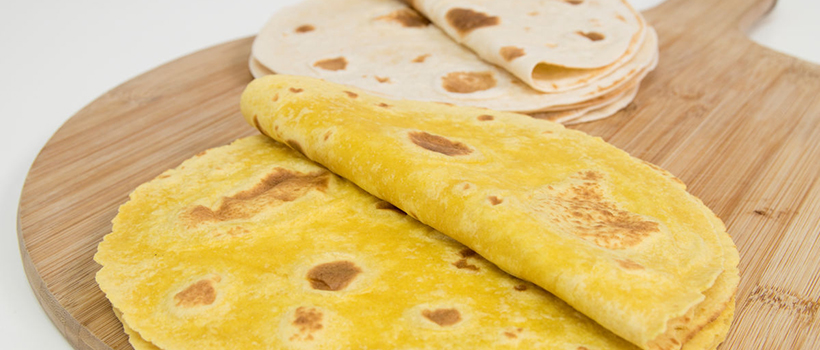

Waste valorisation: reformulating with food ‘waste’ to double fibre content
Opportunity
On average, people in the UK do not eat enough fibre. A report produced by the Scientific Advisory Committee on Nutrition in 2015 suggested that adults should consume 30g of dietary fibre a day. Consumers who do not achieve this expose themselves to an increased risk of obesity, type 2 diabetes and colorectal cancers. Consumers have become aware of these risks and this has increased the demand for high fibre products. Consequently, food and drink manufacturers are responding with product optimisation by reformulating their products with more fibre so that they qualify for fibre claims, hence increasing the product’s value to consumers. But what approaches can they take to achieve this?
Through waste valorisation, food and drink business operators can reduce the waste they generate, reduce their carbon footprint and save money on waste disposal costs.
Waste valorisation is repurposing and ascribing value to waste. Many companies have waste streams that may not be of use to them but, with some processing steps, may be of value to other parts of the food and drink industry. Through waste valorisation, food and drink business operators can reduce the waste they generate, reduce their carbon footprint and save money on waste disposal costs. The combination of these two opportunities saw us endeavour to use food waste (butternut squash peels from Barfoots ) to increase the fibre content of a tortilla.
Approach
Two common methods manufacturers use to enhance the fibre in their products include:
- incorporating pure fibres – such as inulin, or
- incorporating whole ingredients naturally high in fibre – such as seeds or nuts
Alternatively, manufacturers can tap into food waste streams to incorporate highly fibrous ingredients into their products – with the added benefit of repurposing food so it doesn’t go to waste.
As part of our research into calorie reduction and fibre enhancement, we looked to use food waste to increase the fibre content of a tortilla by redeveloping the recipe to incorporate butternut squash peel.
Results
We successfully used food waste to double the fibre content of a tortilla.
Our bakery scientists redeveloped the traditional tortilla by replacing 20% of the ordinary flour with butternut squash skin powder, boosting the tortilla’s fibre by 97% (from 3.3g to 6.5g per 100g).
Incorporating our butternut powder changed the colour of the tortilla. Colour plays a critical role in determining the consumer’s acceptance of a product, and our reformulation created a golden yellow tortilla, a food colour that’s generally accepted as appealing.
Barfoots , who specialise in semi-exotic produce, provided the butternut squash peels as part of their sustainability work. Keston Williams, Technical Director, said about the work:
The peel is currently used in our anaerobic digester, which produces electricity to run our factory and provides fertiliser for our crops. However, if the peel can be used for innovative healthy products like this, then this is the best place for it.”
The Campden BRI difference
Waste valorisation is a hot topic in the food industry at the moment, as companies look to maximise value from their supply chain.
Our knowledge and expertise place us at the forefront of global scientific innovation in this sector. No matter what our client challenge may be, we consistently deliver innovative solutions, helping clients to optimise their product to put them in a much better position to conquer their market.
If you’re interested in opportunities to benefit from waste valorisation or other product optimisation strategies, get in touch to see how we can help.
How can we help you?
If you’d like to find out more about waste valorisation and product optimisation, contact our support team to find out how we can help.
Are you a Campden BRI member who attends the MIG meetings?
- If not, you’re missing out on a whole host of exclusive benefits such as learning from industry-leading experts and networking with peers to overcome your challenges.







